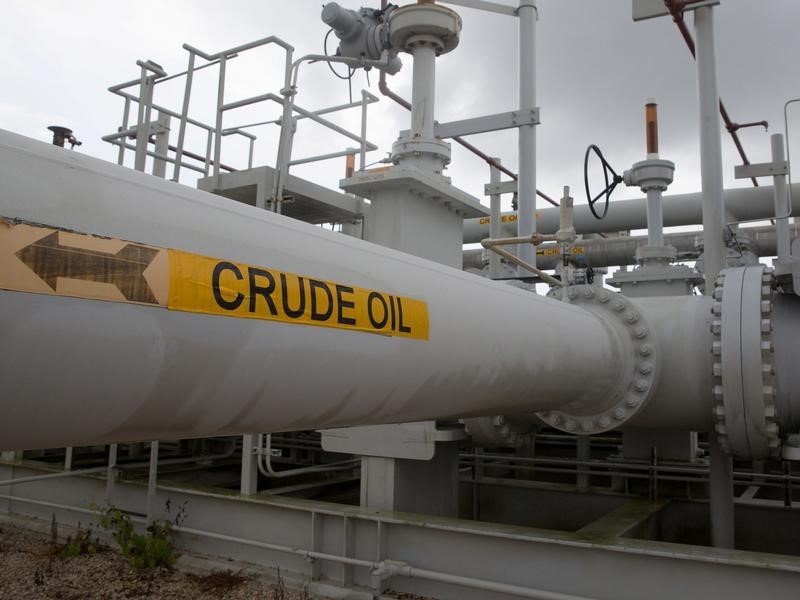Investing.com -- Oil stockpiles declined last week, but by less than expected, according to government data.
Crude inventory fell 1.6 million barrels last week, according to the Energy Information Administration. Analysts had expected a draw of 2.3 million barrels. Seven of the previous eight weeks had seen falling inventory.
Traders have been watching the weekly inventory trends for signs that demand was picking up after months of business lockdowns. On Tuesday, the industry's own estimate said oil stockpiles rose last week by 691,000 barrels, against expectations for a decline.
Crude Oil WTI Futures, the U.S. benchmark, jumped 1.2% in morning trading on Wednesday, at $40.30. Brent Oil Futures, the international standard, rose 1.1%, at $42.20.
Crude stored at Cushing, Oklahoma, rose by 4,000 barrels.
Investing.com analyst Barani Krishnan noted that industry group American Petroleum Institute had called for a near 700,000 barrel build while the EIA reported a draw 1.7 million, putting the two at odds.
“This is the first directional divergence between API and EIA in a long time and there’s more likely to come as the coronavirus pandemic makes it harder to estimate demand properly and other statistics properly. Both agencies are in the business of reporting estimates although EIA’s numbers are deemed official," he said.
“The API and EIA used to be comically apart at one time and this used to drive the trade nuts. With the fall season on and peak driving off, and imports not really cratering, it’s hard to imagine crude and product draws continuing at these levels. And production estimates remain muddy too, with the EIA removing 200,000 bpd last week after the previous week’s addition of 900,000 bpd. For what it’s worth, the Strategic Petroleum Reserve had a 700,000 barrel outflow for last week. Also, crude exports jumped almost 500,000 barrels per day, roughly translating to another 3.5 million barrels in the negative. So, theoretically, we should have had a larger draw.”
